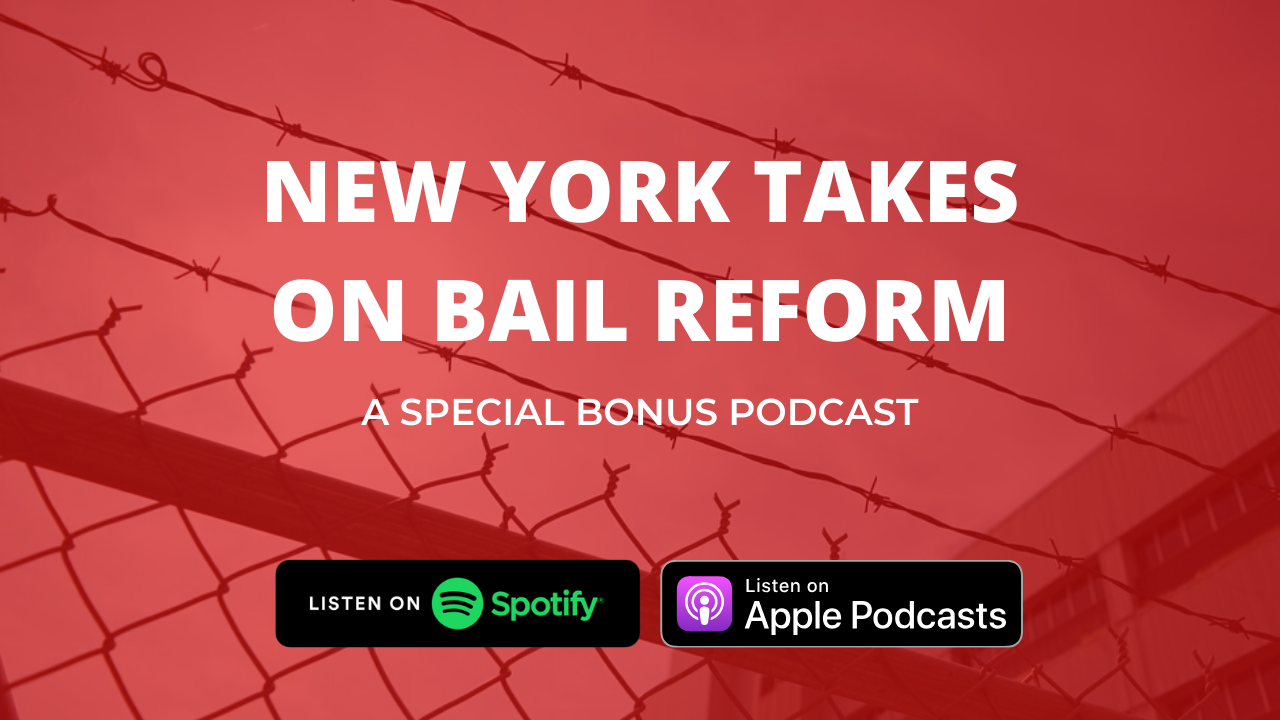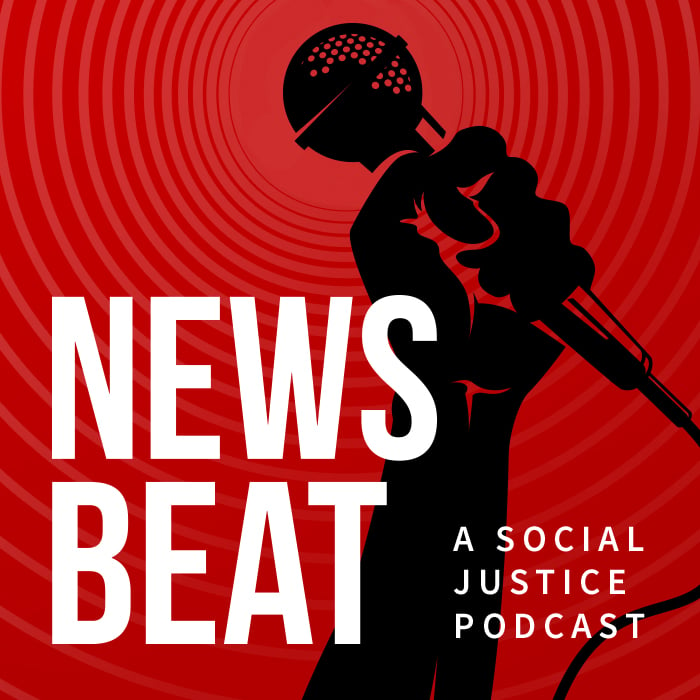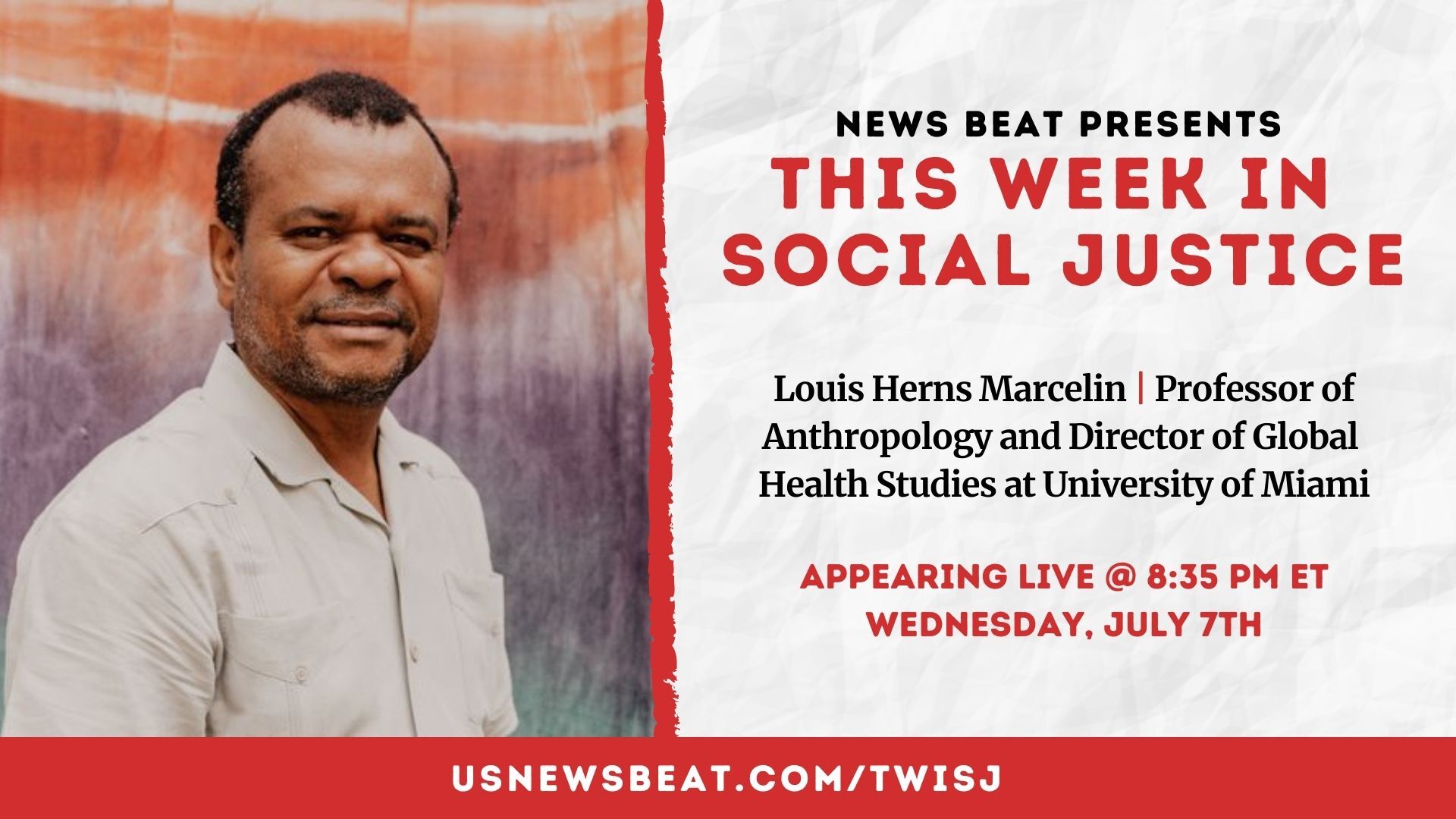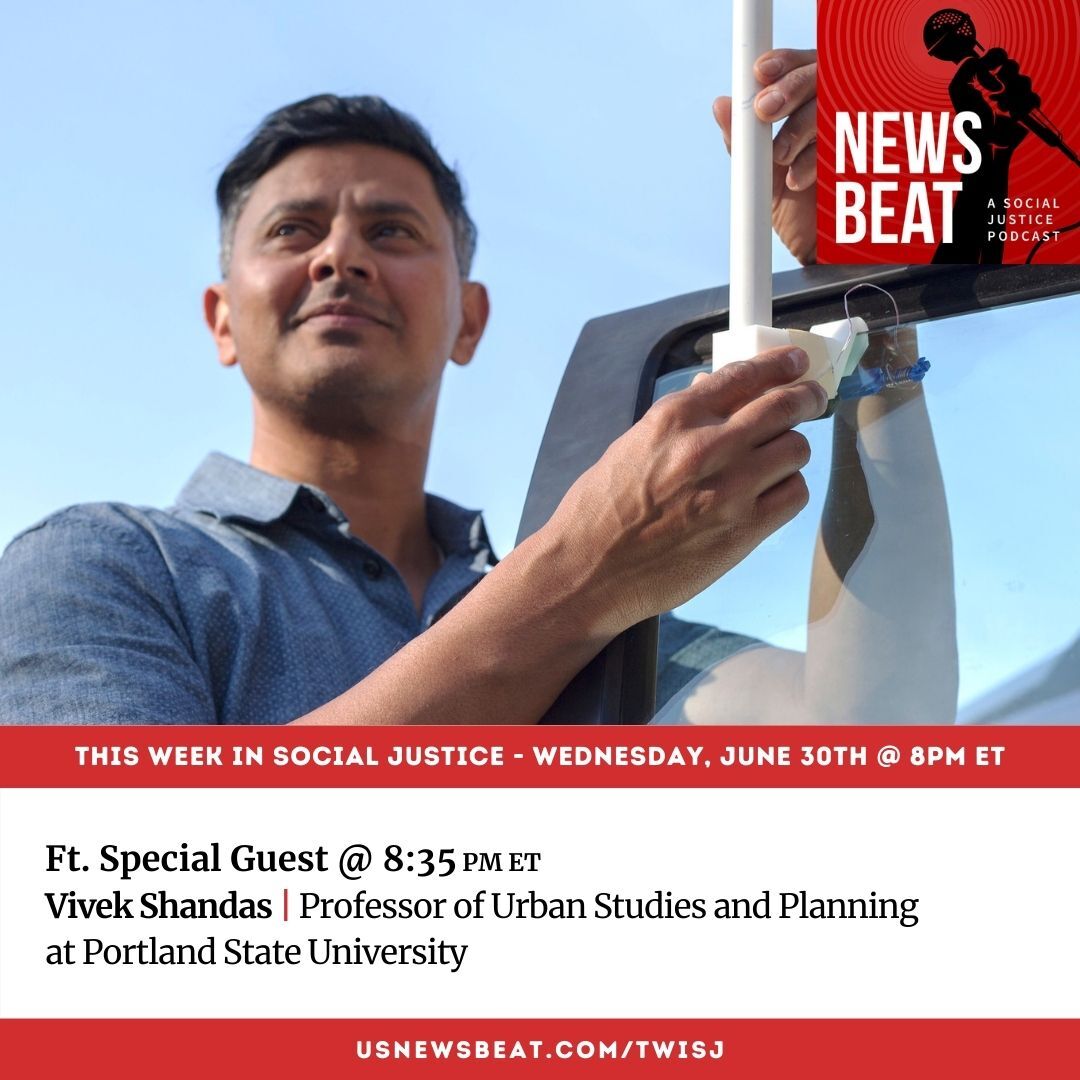
This is a transcript from an interview featured in a special bonus podcast examining New York bail reform measures going into effect in January. The interview was conducted by News Beat editors Rashed Mian and Christopher Twarowski. To hear the full episode, listen and subscribe to News Beat on your favorite podcast app.
In April, the New York State Legislature passed long-awaited criminal justice reform measures as part of its overall budget. Among the changes: bail reform statewide that eliminates the use of bail in most misdemeanor and nonviolent felony cases.
Beginning in January, the far majority of people who enter the criminal justice system will be released on their own recognizance and may participate in pretrial supervision programs funded by each individual county. In serious cases in which bail is permitted, judges must consider a defendant’s ability to pay as well as any potential hardships it may impose.
As you’ll hear, members of law enforcement are speaking out against bail reform, arguing that it will make communities more dangerous. Yet an analysis of bail in New York City dating back to 1987 shows that it has already been reduced significantly, throughout all five boroughs. Money bail peaked in York City at 83,705 in 1987—and in 2018, that number fell to 30,000.
So there’s definitely a lot to unpack.
New York Bail Reform
Joining us to discuss bail reform in New York State is Alice Fontier, managing director of the Criminal Defense Practice at The Bronx Defenders, which defends thousands of low-income Bronx residents each year. Alice, thanks for coming on.
Alice Fontier
Thank you for having me.
News Beat
So before we get to these new laws, can you explain to listeners who haven't been through the system what it's like for someone to be imposed a bail amount that they can't afford and how that impacts their lives?
AF
The simplest way of explaining it is to stop calling it bail and call it jail. Because that's what it is. If somebody -- a bail is set and they can't afford it, the person is held in jail until their case is over and that could be anywhere from days to years. And so the impact of being in jail is something that I think most people would understand, you have no access to work, your finances, money, anything that you were doing in your life is completely stopped.
Listen to the full podcast episode
NB
Now, the reform measures adopted by the state legislature are quite expansive. Could you break down what this new law does and perhaps what you most like about it?
AF
The reforms are expansive, in written form, but the question of how much of a difference they're going to make in our everyday lives really depends on where you are in New York. In New York City, in only about 25% of cases was money bail being set anyway, so it's not that the majority of people were in and will now be out. In addition, in recent years, there have been the, I guess the introduction, I should say, of charitable bail funds, so on low-level cases misdemeanors where bail was set at $2,000 or less, charitable bail funds were paying people's bills, so they were not in jail anyway. You know, that doesn't exist outside of the city and in upstate. So in some places, people were being held in on as little as $500 that their families could not afford to pay for misdemeanors, things like driving without a license. That's something that you could be held in jail on if you were in front of the wrong judge in the wrong place. And if your family couldn't afford it, you sat in jail trying to resolve your case. So what the bail reforms do is take away that option from judges on very low-level offenses, misdemeanors, almost all misdemeanors, and then a non-violent, most non-violent felonies as well. So there's a lot less discretion on the judges part to be able to set money bill.
NB
I just want to piggyback off of that because the rate of money bail has largely, as you said, declined across New York City since its peak in the late 1980s. So in a way bail reform has been happening, I guess, organically. So what are the different factors other than the bail funds, which is significant, that led to this point.
AF
So it's been a long time coming, as you say. You know, we have really I think changed for the better as a society where we're not saying, you know, on the basis of an accusation alone, you should be locked away until further notice, but also that only ever applied to people who are poor, which again, just enhances the cycle of poverty that makes everything worse. But you know, as a society, we've been coming to the realization that mass incarceration isn't working, that we aren't safer and the communities are destroyed. And so the reforms that are happening are not, you know, a lightning bolt revolution but are the product of a lot of societal change. And as you said, in New York City and other places, there was a realization that money bail was unfair, and that only poor people were suffering the fate of these laws. And so through organic forces, society plus district attorneys plus judges, there was -- it was being used less and less.
Follow this Spotify playlist to listen to our ongoing series on mass incarceration:
NB
If we could now talk a little bit about this backlash these reforms have received over the last several weeks, I guess law enforcement groups and unions are sounding the alarm. The president of the sergeant's Benevolent Association said bail reform would put citizens and police sources in harm's way, comparing it to the movie The Purge. What do you make of this reaction?
AF
It's the last-minute fear-mongering and nothing more. The fact of the matter is, is that you know, there was a more liberal, more progressive bail bill passed, the legislature, passed the assembly the year before. These bills have been through many committees, the prosecutors and sheriffs raised their fears in Albany, the legislators heard them and they put in safeguards, you know, violent felonies, you can still set money bill, remand is an option for you know, the most serious cases. And then there are other safeguards like protective orders, you know, protective orders for people in saying, you know, you may have no contact with that person, but also protective orders with the discovery that is also going to be produced. And then they're expanding supervised release and other supportive programs to make sure that people actually are getting what they need in order to be able to come back to court and not to commit new offenses. So, you know, it is just fear-mongering and nothing more because there is a realization that, you know, we are taking a significant step towards ending mass incarceration in New York.
NB
So you referred to that sort of late-stage fear-mongering, we also have Republican lawmakers who have introduced measures to try to scale back the law, including one that would allow judges to decide if a defendant should be held based on their perceived threat to public safety. And New York, as you know, for all its criminal justice ills over the last several decades, has prohibited judges from holding people based on the so-called public safety provision. So why is that important?
AF
It's very important because, you know, if you don't really dig into it, that makes inherent sense that a judge would be able to say, I think this person is a danger, and therefore, I'm going to hold them in jail. However, how does a judge make that decision? What do they use to predict somebody's future behavior? The rate of recommission of violent offenses is incredibly low. It's Less than 2% of people who commit a violent offense and then commit another violent act. So it is just based on other factors that a judge would decide, 'I think you're dangerous.' If you're not charged with a violent offense, if you're charged with misdemeanors or, you know some non-violent felony, and the judge looks at you, and says, I think you're dangerous, then they can set bail that simply doesn't make sense. Judges don't have the, you know, future predictive power to decide that somebody is, in fact, likely to commit another offense.
NB
And one of the other important factors in this is that counties are going to have to finance some of these measures on their own. So I mean, what do you see coming out of that? Do you see any problems with counties proclaiming that they don't have the funds for this?
AF
New York is interesting because the funding for much of this is county by county and things have been operating that way for a long time. There's no statewide set system. Take New York City, for example, the city comptroller just issued a report that found that it costs $925 per day per person to keep somebody in jail in New York City. That's a total of over $337,000 per year, per person. If that money is reallocated, it's going to be an enormous savings, closing jail facilities, reallocating the money will actually result in savings as opposed to costing county's money.









